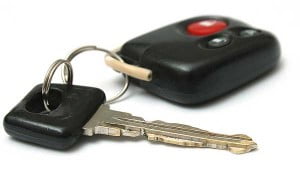
Let’s take a look at them:
- If the debtor cannot afford to continue paying on their vehicle they will often choose to surrender their vehicle in bankruptcy. What this means is the bankruptcy debtor will return the vehicle to the creditor and the creditor will most likely have the car auctioned off. Since the auction sell price is usually less than what is owed on the vehicle, there will be what’s called a “deficiency balance.” Basically this is what the debtor still owes the debtor; but since the debtor is in bankruptcy, that “deficiency balance” will be discharged with all the other unsecured debts.
- If the debtor wants to keep their car and continue making payments, they can reaffirm the car loan. What this means is that the debtor agrees to not discharge the debt in bankruptcy and will continue to pay the car loan as agreed. If the debtor chooses this option and the debtor defaults on the loan after their bankruptcy case is closed, the lender will have the right to purse payment and/or repossess the car as if the debtor never filed bankruptcy. Also, if the car is sold at auction after repossession , the debtor will be fully responsible for paying the deficiency balance.
- For debtors in bankruptcy who have the cash, they may also redeem the car loan if they purchased the vehicle more than 910 days before filing bankruptcy. What this means is that the debtor will pay off the car at its current fair market value (with a lump sum payment) and the bankruptcy court will discharge the remaining balance of the car loan. This is especially helpful to debtors who owe more on a car loan that the vehicle is actually worth.